How to Keep Bread Fresh for Longer
Stop! Step away from the fridge. It may seem counterintuitive, but refrigerating your bread is actually a one-way ticket to stale city. Here’s everything you need to know about keep your bread fresh for as long as you possibly can:
How Do You Know If Bread Has Gone Bad?
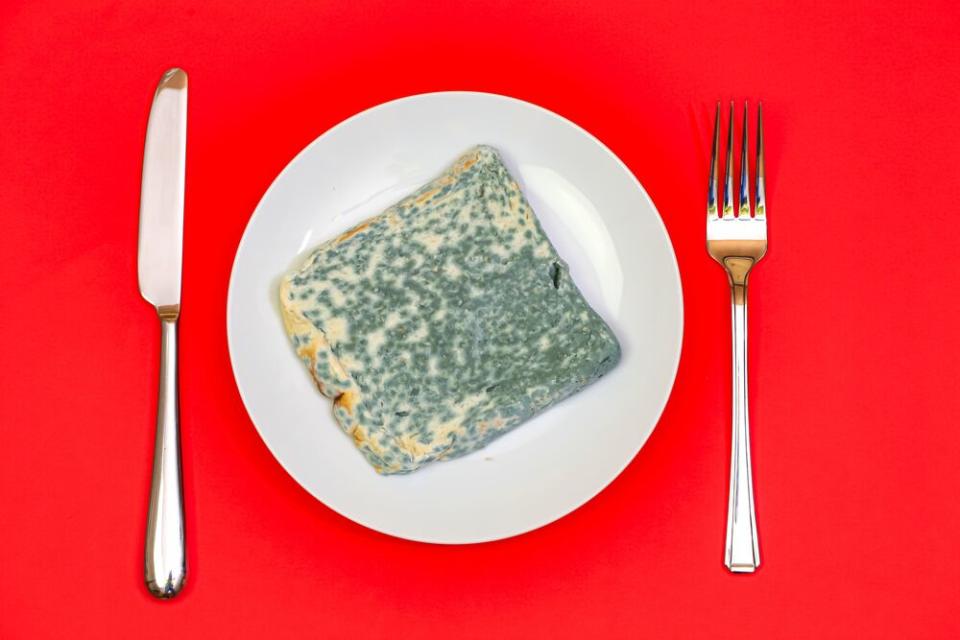
While the best-by or sell-by date on packaging is handy, it doesn’t draw a clear line in the sand. You can use your own judgment to decide whether your bread has gone bad.
The first sign that bread is past its prime? Texture. As it becomes stale, it will harden and become dry. As long as there’s no mold, it’s safe to eat this bread—but it might not be an entirely pleasant experience.
Bread that’s a little further along in this process may taste bad, smell weird, or have visible mold. If this sounds like your loaf, throw it out. It’s likely not safe to eat.
Consider What Kind of Bread You Have
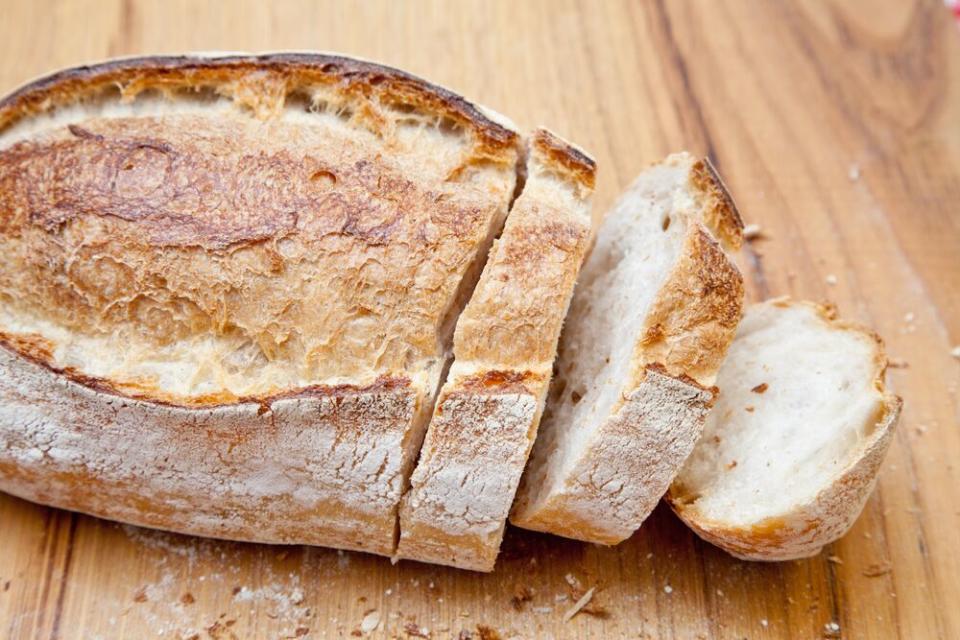
Some breads will stay naturally fresh for longer than others.
Many grocery store loaves contain preservatives, which keep them shelf stable as long as possible.
Gluten-free bread often goes bad quicker. The high moisture content makes it more susceptible to mold.
Sourdough bread, meanwhile, stays good for longer—the acidity in the starter inhibits the growth of bacteria.
Dried bread products, like crackers, last the longest because bacteria needs moisture to grow.
Are Bread Boxes Actually Useful?
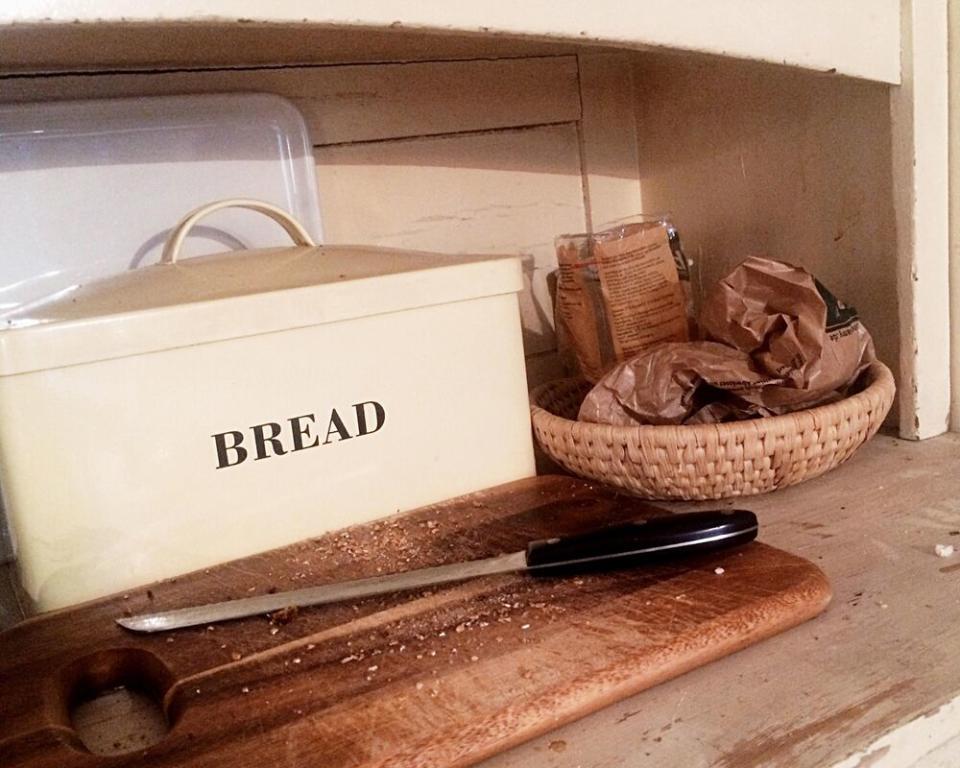
Yes! Bread boxes create the perfect humid environment for your homemade and store-bought loaves to thrive. If you intend to eat your bread within three to four days, a bread box is probably your best bet.
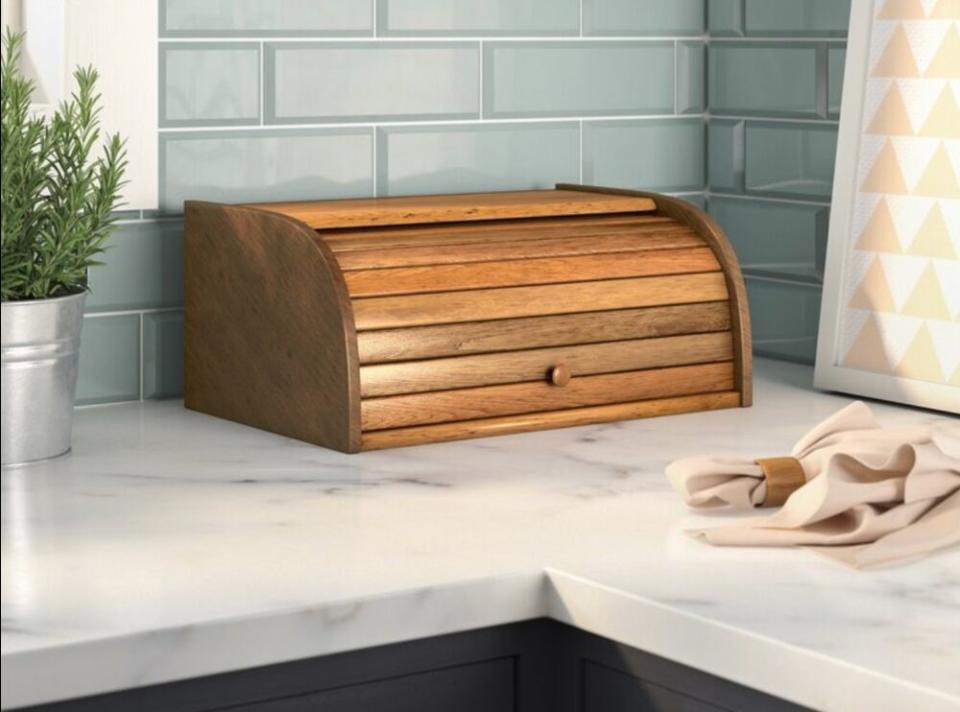
Buy it! Wayfair, $28.99 (was $56.99)
Read more: Why You Really, Really Need a Bread Box
Freeze Your Bread…
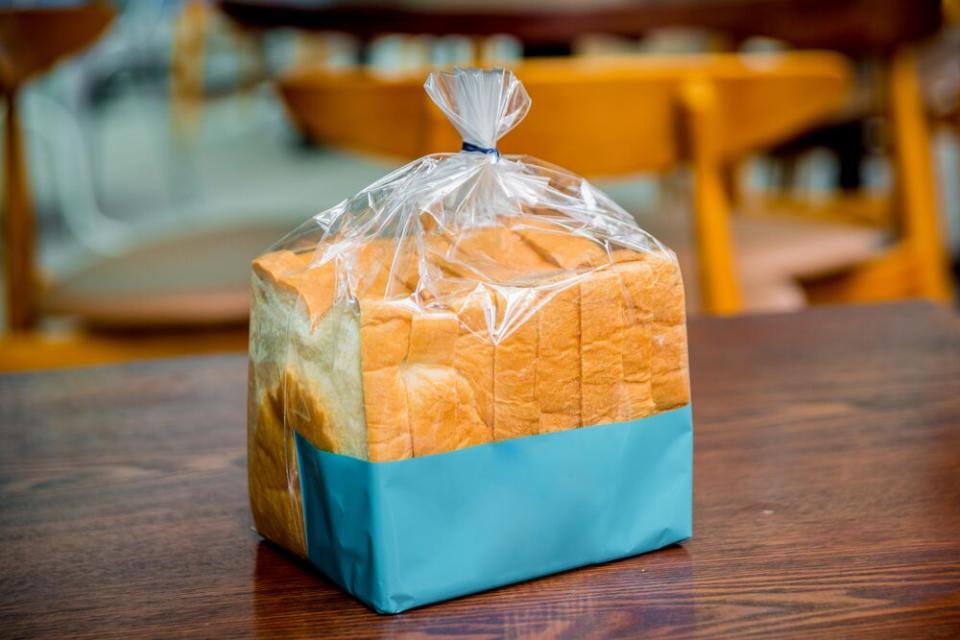
If you don’t plan to eat your bread in the days after you bought it, freeze it before it starts to lose quality.
If you plan to eat it in the next few weeks, wrap it in plastic wrap or foil and stick it in the freezer. Store-bought bread should be fine to freeze in the plastic it came in.
If you plan to eat it in the next few months, wrap it tightly in plastic wrap and then wrap it again in foil. Write the date on it and throw it away after about six months if you still haven’t used it.
Read More: Why You Should Be Storing Your Bread In the Freezer
...But Don’t Refrigerate It!
Refrigeration will actually make your bread go bad faster. This has to do with starches and a process called recrystallization, which is what causes the bread to harden and grow stale.
According to Serious Eats, a cool—but not frozen—environment speeds recrystallization along. Freezing, however, dramatically slows it down.
How to Thaw Bread
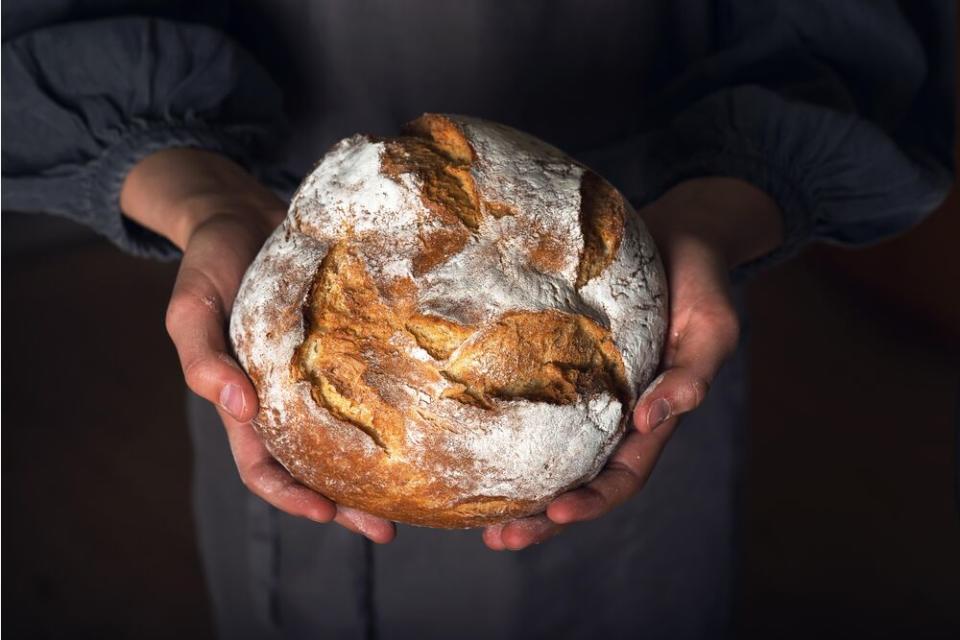
Put frozen bread in the refrigerator overnight.
Once it’s no longer frozen, stick it in a 350° oven for about 5 minutes to bring it back to life.

